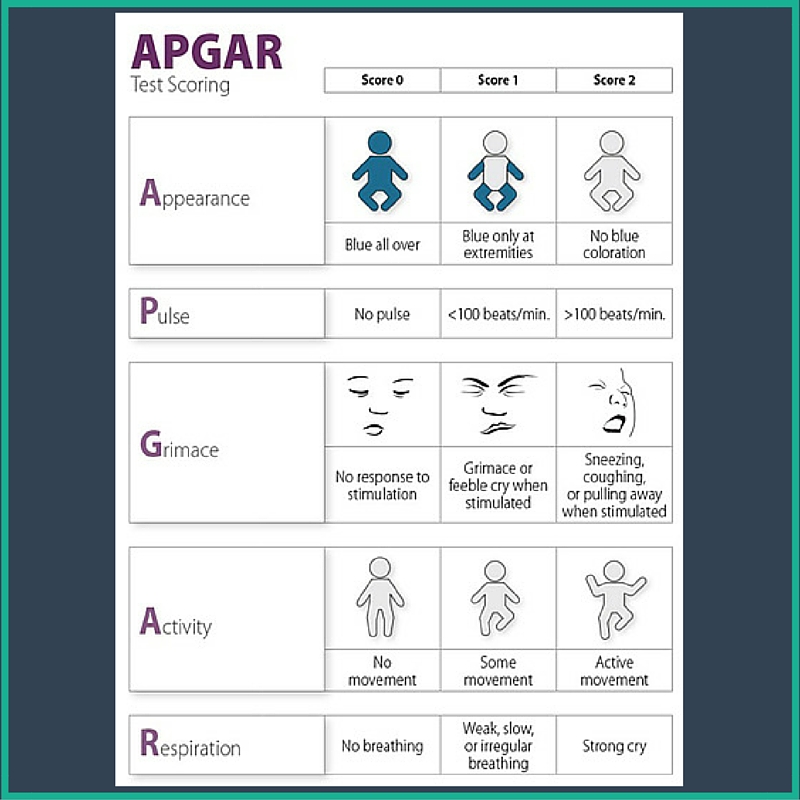

Of the 151 participants recruited, 103 (68.2%) were male and the mean age was 40.6 ± 15. We used inferential statistics to determine the association between the SAS and the primary outcomes while the SAS discriminatory ability was determined from the receiver-operating curve (ROC) analysis. Data was presented as proportions or mean (standard deviation) or median (interquartile range) as appropriate. Primary outcomes were in-hospital major complications and mortality. Using the data generated, SAS was calculated, and patients were classified into 3 groups namely: low (8–10), medium (5–7), and high (0–4).

We collected data on the patient’s preoperative and intraoperative characteristics. MethodĪ prospective observational study was conducted among eligible adult patients undergoing laparotomy at Mulago hospital and followed up for 4 months. The objective of this study was to evaluate the performance of SAS in predicting outcomes in patients undergoing laparotomy at Mulago hospital. The surgical Apgar score (SAS) is a simple and objective bedside prediction tool that can guide a surgeon’s postoperative decision making. Early postoperative risk stratification is essential to improve outcomes and clinical care. Postoperative complications and mortality following laparotomy have remained high worldwide.


 0 kommentar(er)
0 kommentar(er)
